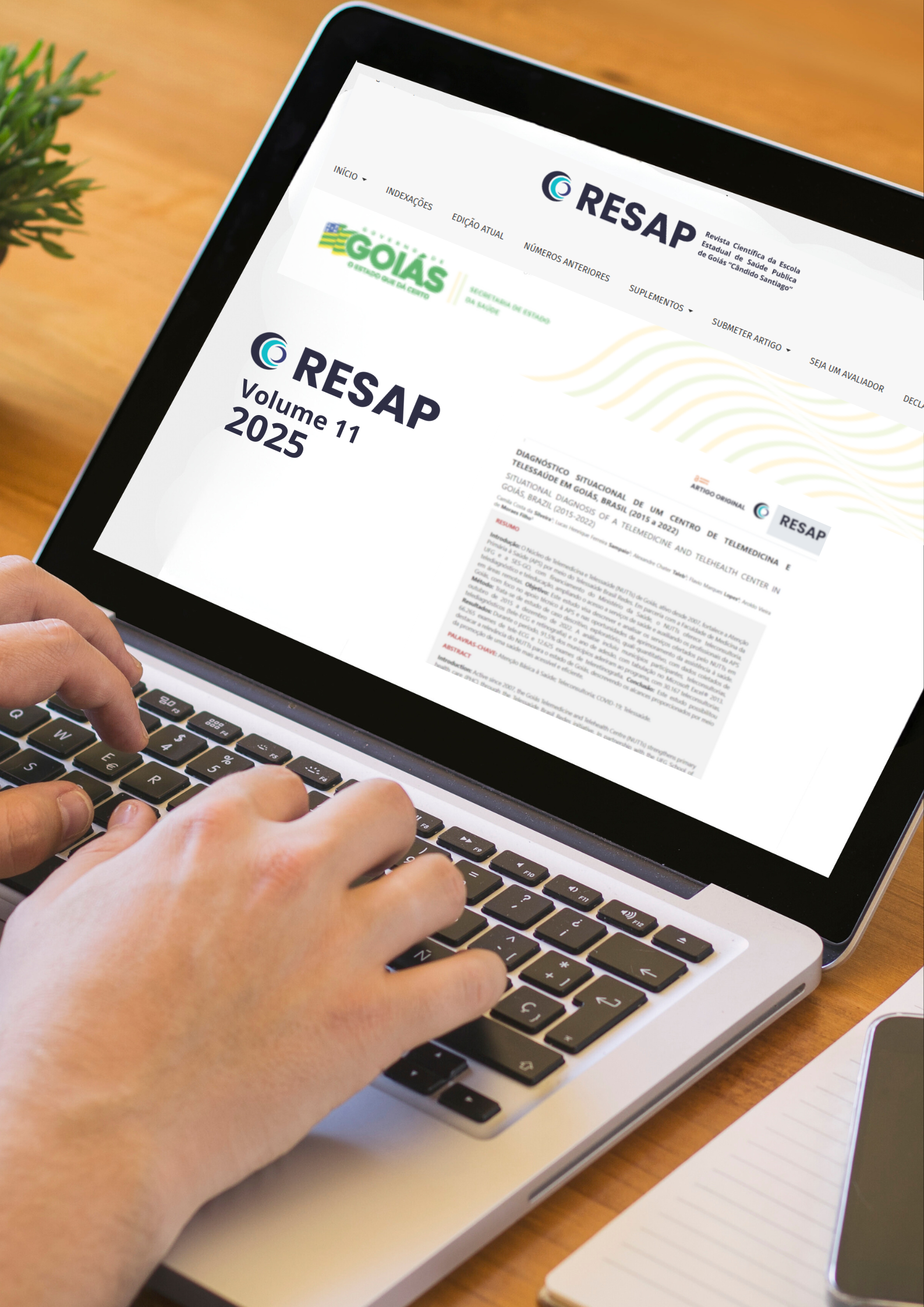Abstract
Introduction: Home Care encompasses preventive, clinical, and rehabilitation actions carried out at home, which focus on the continuity of care and integration into health care networks. It is indicated for patients with bed or home restrictions, in addition to meeting the needs of patients with chronic diseases. Objective: to delineate the profile of patients treated by the East/South Home Care Service in Goiânia, Goiás, through a retrospective analysis; to measure how long the patients remained admitted to the Service and to analyze the reasons for discharges. Methodology: The study was based on an analysis of medical records from January 2013 to August 2023. Student's T-test and the Chi-square test were applied to analyze the quantitative variables. Adopted α of 5% was adopted as the level of significance. Results and Discussion: There was a higher prevalence of males, individuals aged over 60, and children acting as primary caregivers. The highest number of admissions was recorded in 2019, with a notable prevalence of nervous system diseases and systemic arterial hypertension. Furthermore, the utilisation of up to three pharmacological agents was evidenced, concomitant with a reduction in hospitalisations and pressure injuries. The predominant feeding route was oral feeding, and at discharge, patients exhibited spontaneous and guided language abilities. Moreover, the patients were ventilated spontaneously and exhibited a dependency for mobility. The mean length of stay in the programme was less than one year, with the most common reason for discharge being death. The data set lacked information on the variables "profession," "race," "marital status," "education," "housing," "number of residents," and "body mass index." The characterization of the profile of the patients treated by the Service leads to the foundation of evidence and adequate care planning. Conclusion: The absence of information in the handwritten medical records generated difficulty in outlining a complete sociodemographic, clinical, and functional profile of the admitted patients, which prevents the adequacy of better follow-up strategies for the patient and generates a scarcity of epidemiological data.

